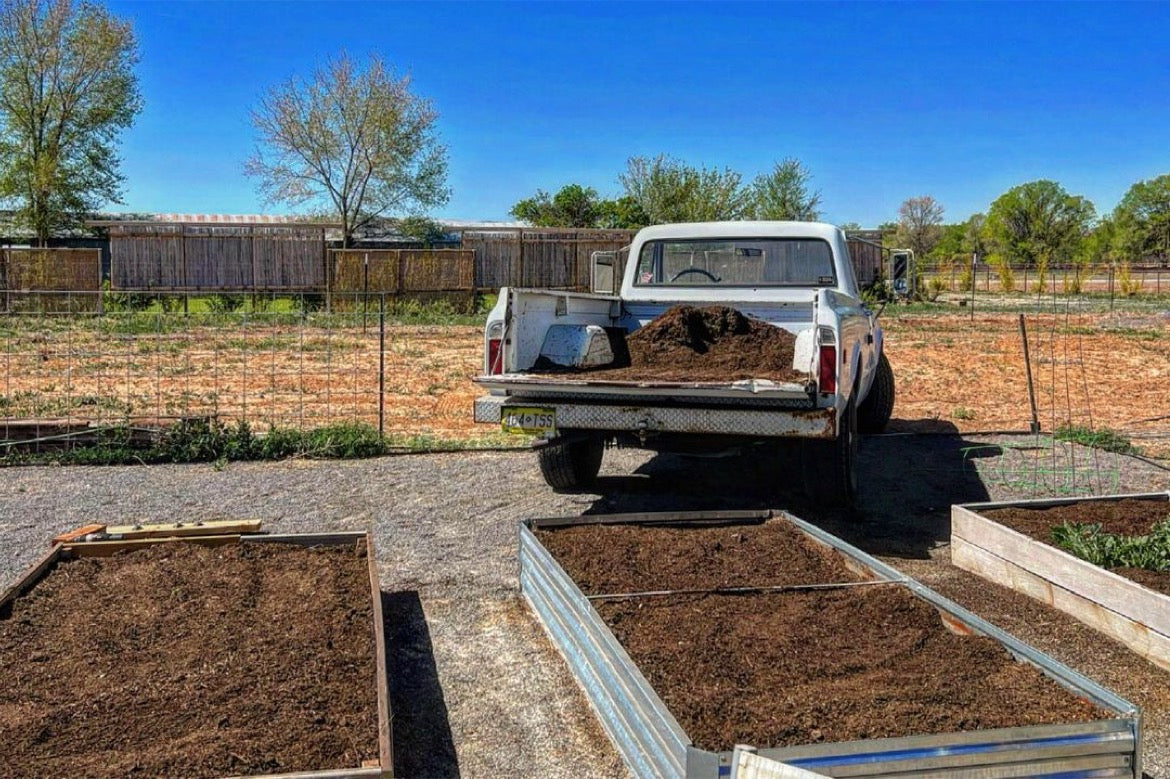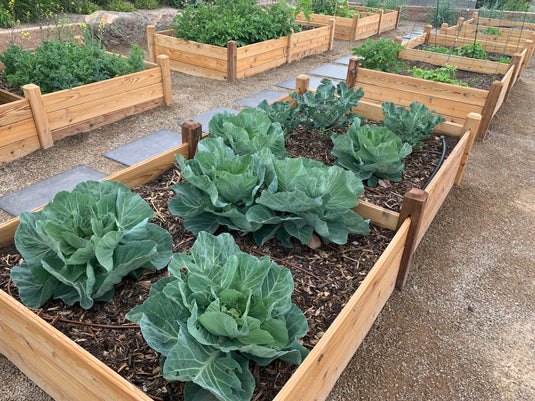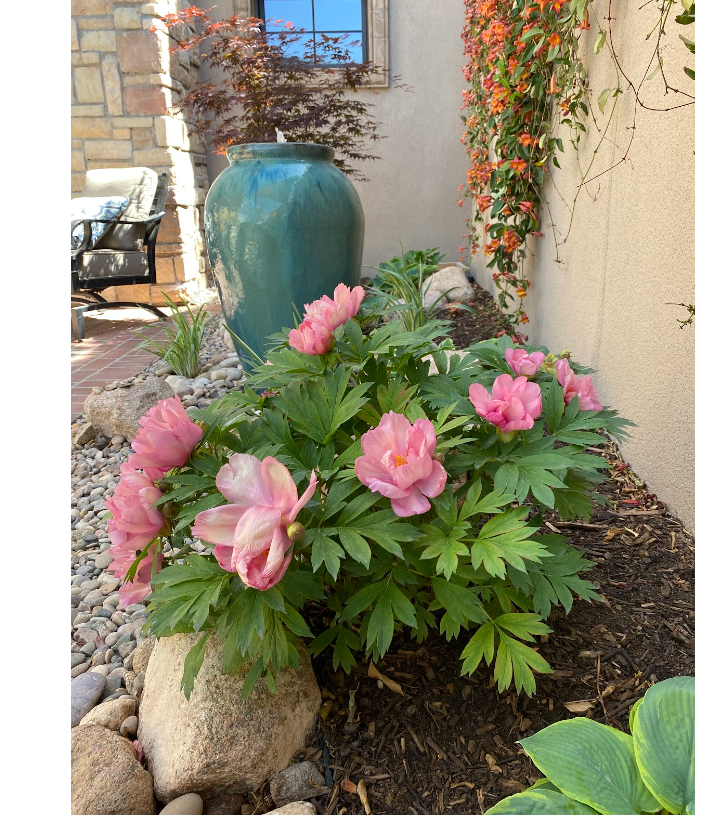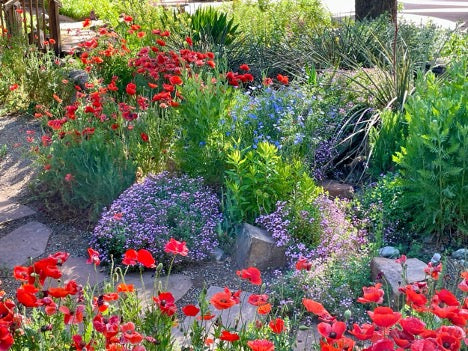Filling Your New Raised Bed Garden
The benefits of growing crops in a raised bed garden are numerous. A raised bed can enable vigorous plant growth in an environment that otherwise would not support growing crops - like native soil in the high desert. Raised beds are more productive than beds in the ground because the soil is less compacted, has better drainage, and warms earlier in the spring. This means plants will start to grow earlier in the season! However, there are a few things you should know to make sure your new raised bed garden is as successful as it can be.
The Material your Raised Bed is Made of Matters!
There are many options in choosing/building a raised bed garden. Many companies sell kits made out of wood and other materials such as coated corrugated steel. You can also build your own beds out of untreated wood. The best kind of wood to use is redwood or cedar as they are naturally resistant to bacteria, pests and rot. They are also less likely to warp in our dry climate. The biggest mistake you can make is by using chemically treated wood to make your raised bed garden. The wood may last longer, but the chemicals used to treat that wood will leech into your soil, and eventually your plants and crops. So if you’re planning on growing food in your raised bed garden, steer away from treated wood - especially railroad ties! Chemicals are also of concern with beds made out of cinder blocks.

Filling Your Raised Bed
Low Raised beds: If your raised bed is low to the ground (we recommend nothing lower than 16”), you should fill your bed completely with soil. Do not add native soil or “fill dirt” in your bed. This defeats the purpose of a raised bed. We recommend filling your raised beds with a soil curated for gardens. The soil should be well draining and rich in organic matter, ensuring your plants have abundant room to flourish beneath the surface.
- SOILUTIONS RECOMMENDS: We recommend our Premium Garden Soil. Our Premium Garden Soil is a living soil which starts with our Soilutions Compost, native sandy loam, coco coir and New Mexico pumice to facilitate aeration. It is our choice for raised beds as the components prevent compaction and over saturation, helping maintain oxygen flow while providing ample nutrients for healthy plants.
Tall or elevated raised beds are considered a great option for people with limited mobility or back issues. They are also easier on the body as they require less bending over when planting, weeding and harvesting. Added bonus: Tall raised beds are harder for curious dogs to get into!
If your raised bed garden is tall, it can get expensive to fill all the way with garden soil. The Hugelkultur method is an easy and cost efficient way to fill your taller raised beds. Hugelkultur is a process of layering organic garden waste inside the raised garden bed before adding soil to save on costs. Materials used include large logs (placed on the bottom of the bed), followed by tree clippings (branches and twigs), leaves, plant based kitchen scraps, and compost topped off by at least 16” of garden soil. The large pieces placed at the bottom will take 5 years or more to break down into rich organic matter. The top two layers (compost and garden soil) can be growing plants as the organic matter underneath decomposes. Note: this method of filling a bed is designed to settle over time and requires that the garden be topped off every year with more soil or compost than you'll need in a raised bed filled entirely with soil.
You can always fill the beds entirely with garden soil. It’s up to you, your budget and personal preference.

(Cardboard was placed below the logs in this raised bed garden filled using the Hugelkultur Method - this bed is 32” tall)

(The second layer is shown here: branches, plant clippings and leaves were used)

(Same garden bed, year 2 after being topped of with fresh compost)
Before Planting: When using this method to fill your raised bed, make sure to water the top layers in really well. The compost and soil will settle in between the food waste, green waste and logs. Add soil until it ends up 3” below the top of the bed.
A few notes about raised beds:
Plant taller plants like corn, tomatoes and any vining crop on a trellis in your shorter raised beds. You don’t want to be dragging out the ladder to harvest these crops planted in a 3’ tall raised bed!
Conversely, plant your shorter crops like lettuce, peppers, beans, broccoli, onions and garlic in your taller beds.
Don’t plant trees, shrubs or perennials in beds filled with the Hugelkultur method. The soil will sink exponentially over the life of your plants. You can topdress these plants with compost, but you can’t add enough to top off the beds every year. This method is only used for annual plants that get replaced every year like vegetables and annual flowers.








